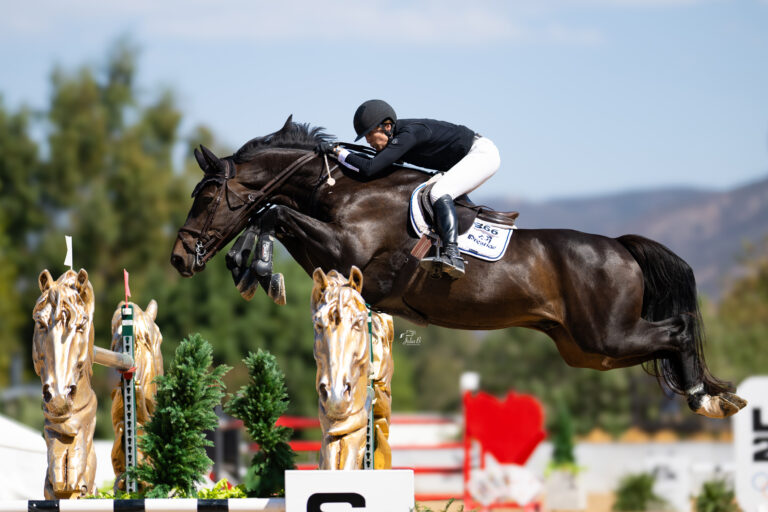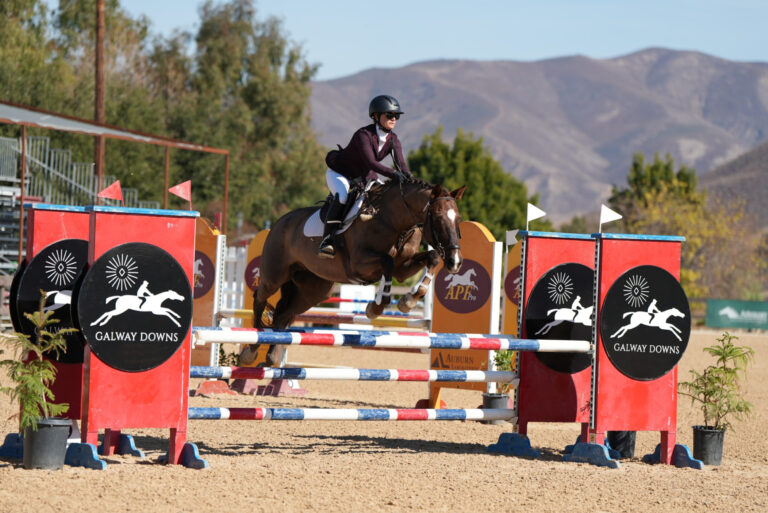Like every other organization during COVID, the U.S. Hunter Jumper Association had to change plans for its convention and go virtual this year, spacing educational and business sessions as well as its awards out over 12 days.
The meeting offers an opportunity to discuss innovation, and there is great enthusiasm about USHJA’s efforts to provide a place for riders who have not been competing in recognized shows. For many years, the U.S. Equestrian Federation and more recently, USHJA have sought to include grassroots riders, but they never really had the formula to lure them away from unrecognized shows. Now they do, in the form of USHJA’s three-part Outreach Program detailed today for the online audience, who responded with many questions and comments that showed their interest.
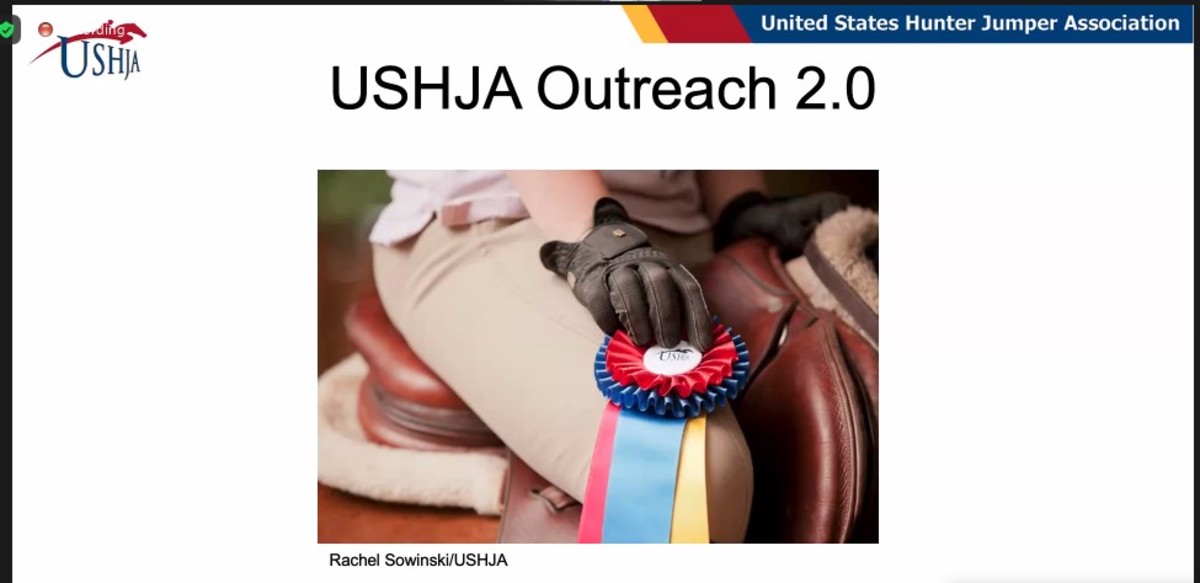
“We have to get in touch with the unrecognized community that does our sport,” USHJA Director Britt McCormick said Monday as the convention got under way.
“They’re doing everything we do, they’re not just doing it under our umbrella. We’re trying to find a way to recognize what those people are doing, get them to join and then get out of their way,” he said.
Outreach will offer classes at both unrecognized and USEF-recognized shows under three different formats, with an eye toward making the shows affordable for both competitors and managers. It costs organizers $30 to hold outreach classes, and they also must pay USHJA $2 per each exhibitor participating.
Classes include walk-trot poles and 18-inch crossrails all the way up to a hunter derby and 1.20-meter jumpers. As Katie Benson, another USHJA director put it, USHJA’s Outreach offers a “great basic formula for managers to design their day” however they like.
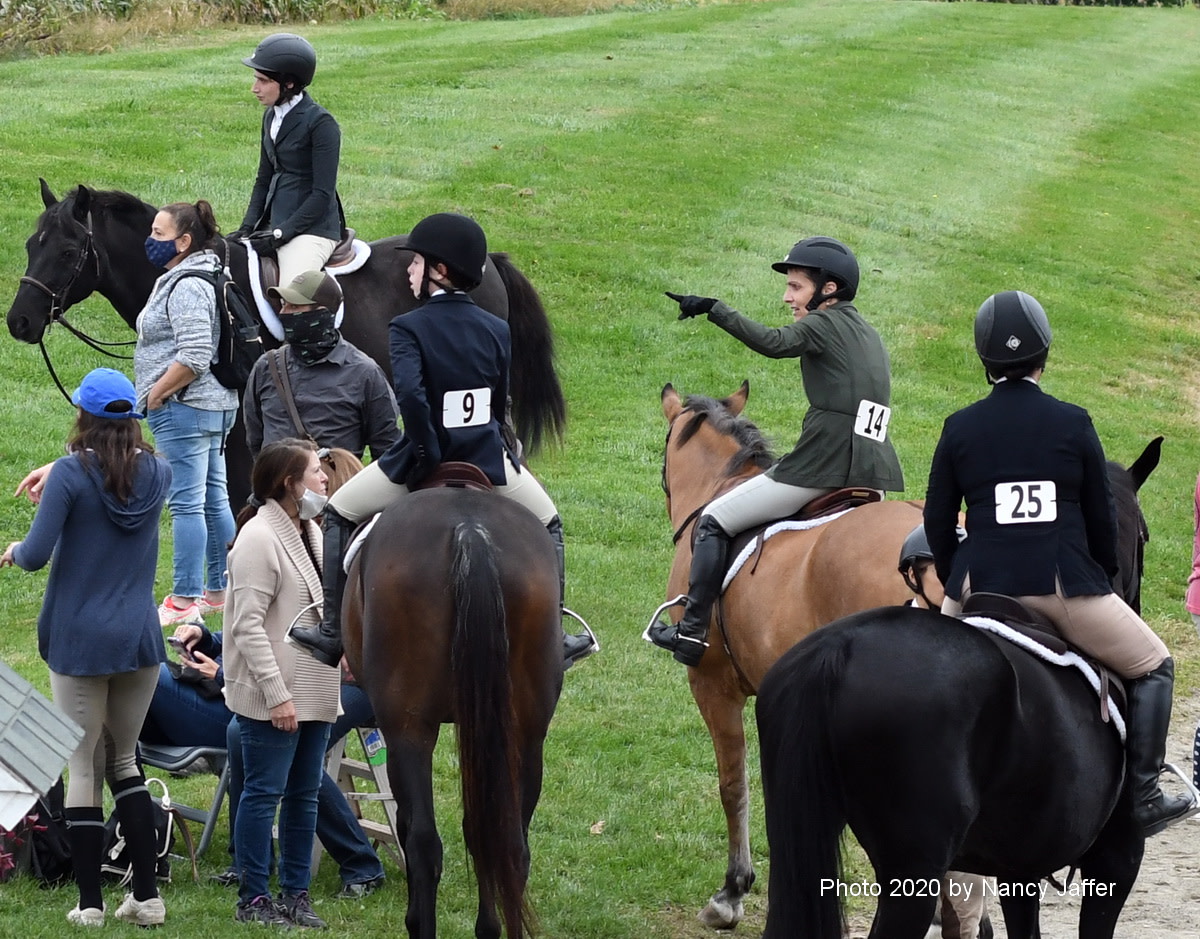
Exhibitors who want to earn points for rewards ranging from logo-wear to ribbons and stall plaques and qualifying for the USHJA national championships in Las Vegas must be registered with USHJA. But riders don’t have to be members to participate, there are no drug fees and horse don’t have to be registered or microchipped.
There are endless possibilities for this initiative. USHJA President Mary Babick suggested, for example, that shows in a region could get together to offer year-end awards for Outreach riders in their area.
How-to Session on Equitation
The how-to offerings that are a big part of the convention’s first week were full of helpful advice about improving performance, with experts in panel formats giving detailed insight.
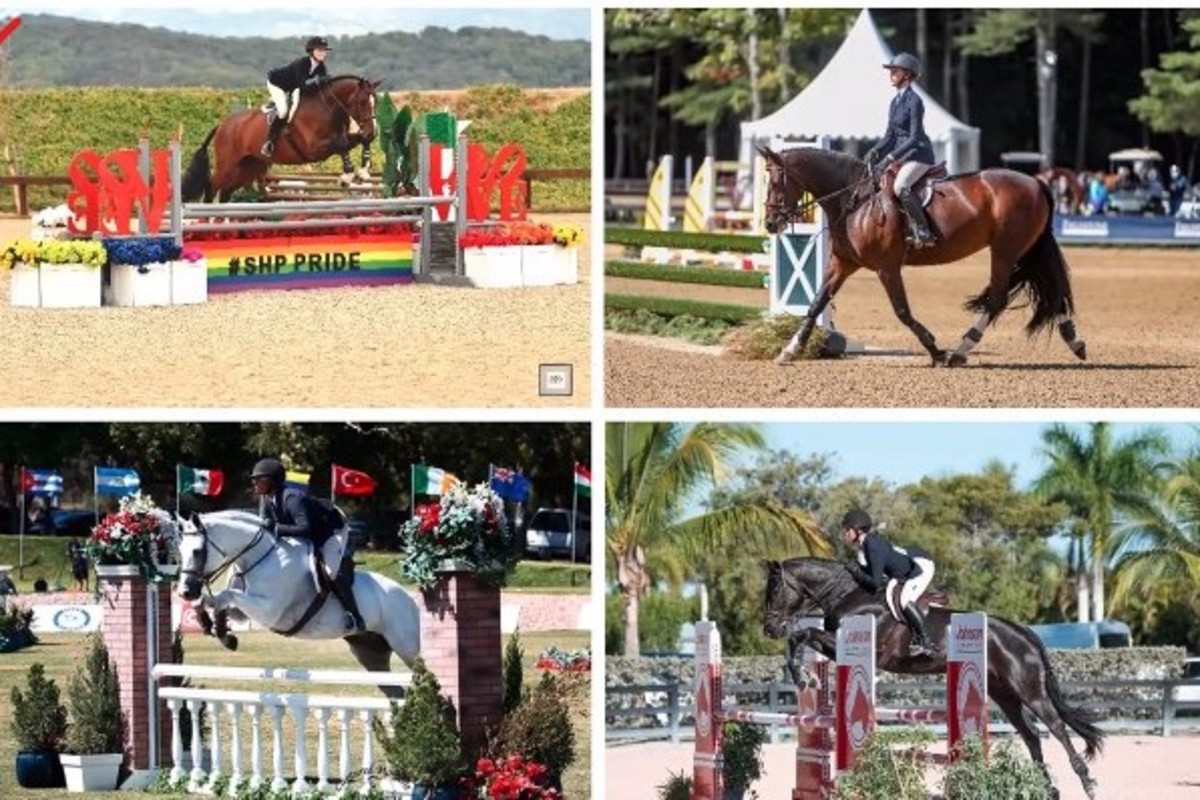
Trainers Robin Rost Brown, Stacie Ryan and Frank Madden, all of whom are also judges, presented pointers today on how to polish equitation tests in a ride-off, while emphasizing the importance of the equitation division for adults, in addition to how it is a focus for young people. Robin, the winner of the AHSA Medal finals as a junior and now chairman of USHJA’s equitation committee, said “we hope to offer more adult equitation classes … to give adults more options.”
“Competing in equitation as an adult makes your riding a little safer and hopefully more competitive,” observed Frank, who has coached many winners of the equitation finals, while Stacie believes, “it gives riders a stronger skill set.”
All three saluted the advent of finals with fences at 3 feet and 3-foot-3, noting that has stimulated interest in the division.
“Lower heights do not detract from the degree of difficulty,” said Stacie, who was a national adult equitation champion before turning professional.
The three experts presented tips for precision performances in tests, while advising what not to do in the ring.
For instance, they all said riders shouldn’t pat their horse after finishing a round while they were still in front of the judge. When he’s officiating, Frank wants to see riders continue contact with their mounts after the last fence, keeping fingers closed on the reins and waiting until they are on the way out of the ring before doing any patting. Robin noted she had always been taught that she was being judged from the moment she entered the ring until the moment she left, so throwing away the reins to pat the horse doesn’t follow that rule.
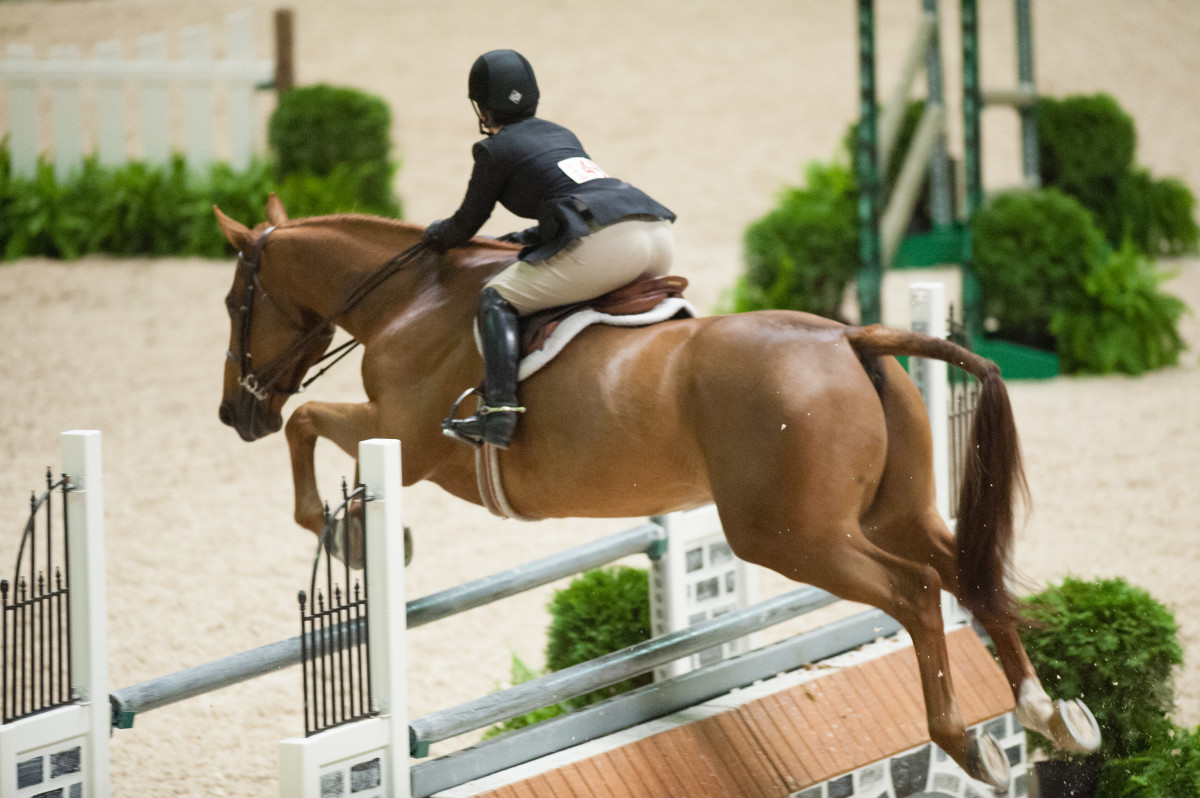
Among other takeaways from the equitation session:
▪️Enter the ring at a working trot, not a sitting trot, to give your horse a break from your weight on his back, each panel member agreed. Make a circle before the first fence so the horse has an opportunity to be comfortable with the arena, advised Robin.
▪️Where should the bight of the reins go? On the off (right) side, according to Robin. Frank wants to see it on the opposite side of where the rider carries her stick.
▪️Don’t “show off that you can’t do something” when you’re trying to impress the judge, noted Stacie. That would include, for instance, reversing via a turn on the haunches in a flat class if you aren’t really secure in this movement.
▪️If a test calls for the rider to halt and back up, halt for four seconds, back up at least four steps and walk off immediately, don’t halt after backing up.
▪️In a figure eight, form the first circle completely before beginning your bid for the second circle, Stacie said.
Stay tuned for more coverage of the USHJA Annual Meeting on December 3 and 4!







